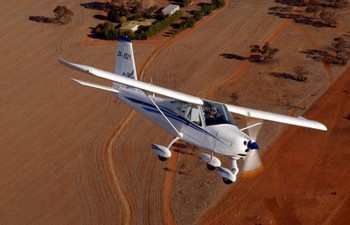 Getting into the New Year garage cleanup spirit, the FAA has amended its Part 61 flight training rule, finalized in 2009, with some needed clarifications and corrections.The stated purpose is to “revise the training, qualification, certification, and operating requirements for pilots, flight instructors, ground instructors, and pilot schools.” *** The primary change as it relates to our corner of the aviation universe: Flight examiners giving the checkride for the Sport Pilot ticket do not need a medical certificate as long as they have a U.S. driver’s license: i.e. the same self-certification of competence to fly requirement that governs the Sport Pilot license qualification. ***
Getting into the New Year garage cleanup spirit, the FAA has amended its Part 61 flight training rule, finalized in 2009, with some needed clarifications and corrections.The stated purpose is to “revise the training, qualification, certification, and operating requirements for pilots, flight instructors, ground instructors, and pilot schools.” *** The primary change as it relates to our corner of the aviation universe: Flight examiners giving the checkride for the Sport Pilot ticket do not need a medical certificate as long as they have a U.S. driver’s license: i.e. the same self-certification of competence to fly requirement that governs the Sport Pilot license qualification. ***FAA Amends Sport Pilot Examiner Medical Rule

photo courtesy Aviation Advertiser
Getting into the New Year garage cleanup spirit, the FAA has amended its Part 61 flight training rule, finalized in 2009, with some needed clarifications and corrections.The stated purpose is to “revise the training, qualification, certification, and operating requirements for pilots, flight instructors, ground instructors, and pilot schools.” *** The primary change as it relates to our corner of the aviation universe: Flight examiners giving the checkride for the Sport Pilot ticket do not need a medical certificate as long as they have a U.S. driver’s license: i.e. the same self-certification of competence to fly requirement that governs the Sport Pilot license qualification. ***
 Getting into the New Year garage cleanup spirit, the FAA has amended its Part 61 flight training rule, finalized in 2009, with some needed clarifications and corrections.The stated purpose is to “revise the training, qualification, certification, and operating requirements for pilots, flight instructors, ground instructors, and pilot schools.” *** The primary change as it relates to our corner of the aviation universe: Flight examiners giving the checkride for the Sport Pilot ticket do not need a medical certificate as long as they have a U.S. driver’s license: i.e. the same self-certification of competence to fly requirement that governs the Sport Pilot license qualification. ***
Getting into the New Year garage cleanup spirit, the FAA has amended its Part 61 flight training rule, finalized in 2009, with some needed clarifications and corrections.The stated purpose is to “revise the training, qualification, certification, and operating requirements for pilots, flight instructors, ground instructors, and pilot schools.” *** The primary change as it relates to our corner of the aviation universe: Flight examiners giving the checkride for the Sport Pilot ticket do not need a medical certificate as long as they have a U.S. driver’s license: i.e. the same self-certification of competence to fly requirement that governs the Sport Pilot license qualification. ***

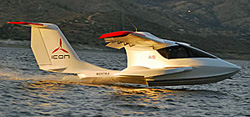





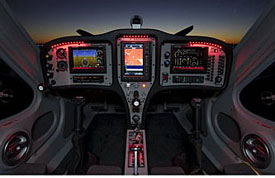




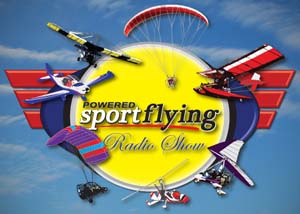




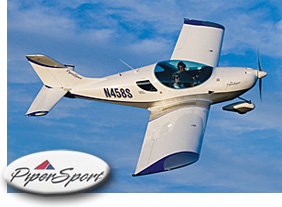



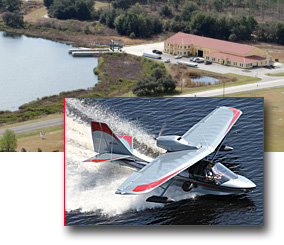





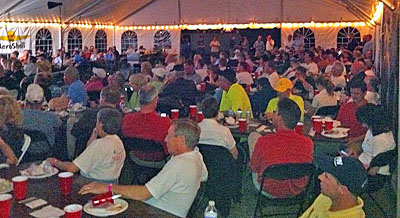




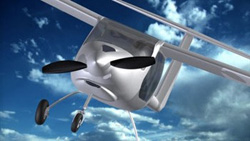





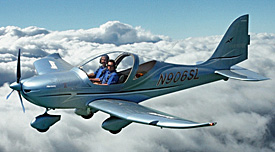

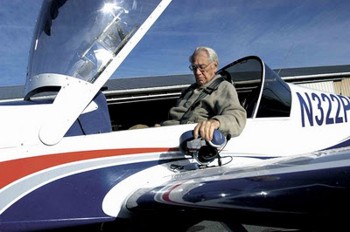


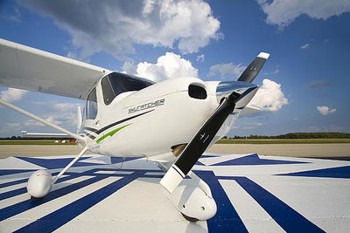



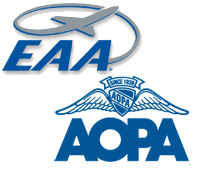



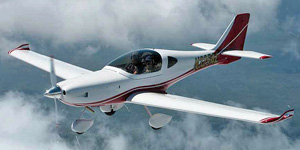




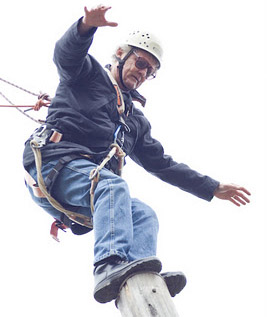









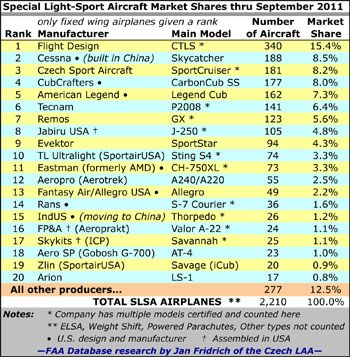



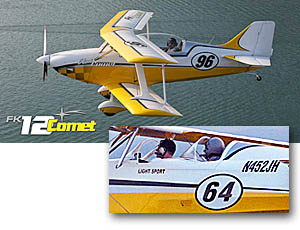
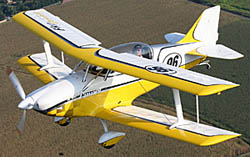
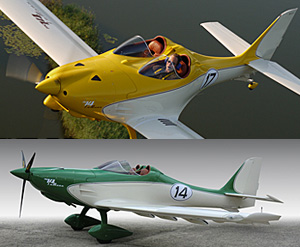







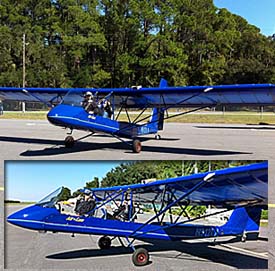




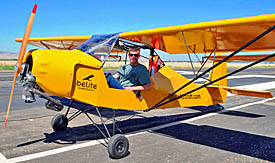
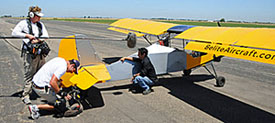 When I was a kid, I used to say, “Just scotch it.” I mean that Scotch (brand) tape could fix anything, or so my young mind thought at the time. Apparently, duct tape is the new Scotch tape, at least for aviators trying to fix tears on a fabric-covered aircraft. But,
When I was a kid, I used to say, “Just scotch it.” I mean that Scotch (brand) tape could fix anything, or so my young mind thought at the time. Apparently, duct tape is the new Scotch tape, at least for aviators trying to fix tears on a fabric-covered aircraft. But, 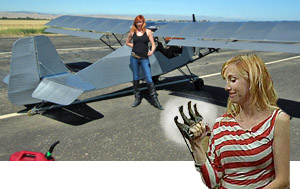 In genuine Hollywood fashion Mythbusters went the distance, not merely patching with duct tape, but covering an entire Belite with the silver sticky stuff carefully striping the Belite vertically and horizontally (photo… yes, that’s all duct tape!). After a very short flight without a turn, they found no tape had come loose; the Duct Tape Belite had achieved flight.
In genuine Hollywood fashion Mythbusters went the distance, not merely patching with duct tape, but covering an entire Belite with the silver sticky stuff carefully striping the Belite vertically and horizontally (photo… yes, that’s all duct tape!). After a very short flight without a turn, they found no tape had come loose; the Duct Tape Belite had achieved flight. James Wiebe flew the plane during filming in June. And therein lies the real story, in my opinion. Through his duct-tape-airplane suggestion, James put light aircraft on national television. Mythbusters reaches about two million Americans, many of them younger people, with a science-is-fun message. I think it’s great James got his bird on the show… heck, as the star of the show. OK, the Belite and duct tape.
James Wiebe flew the plane during filming in June. And therein lies the real story, in my opinion. Through his duct-tape-airplane suggestion, James put light aircraft on national television. Mythbusters reaches about two million Americans, many of them younger people, with a science-is-fun message. I think it’s great James got his bird on the show… heck, as the star of the show. OK, the Belite and duct tape.